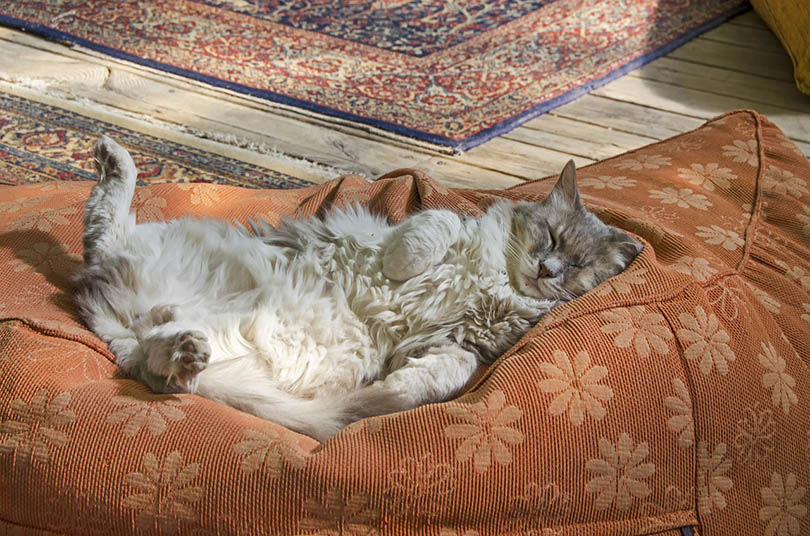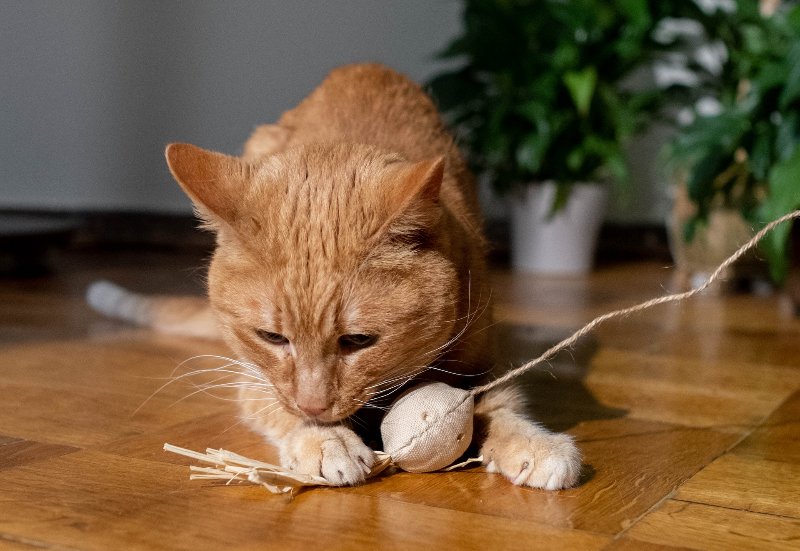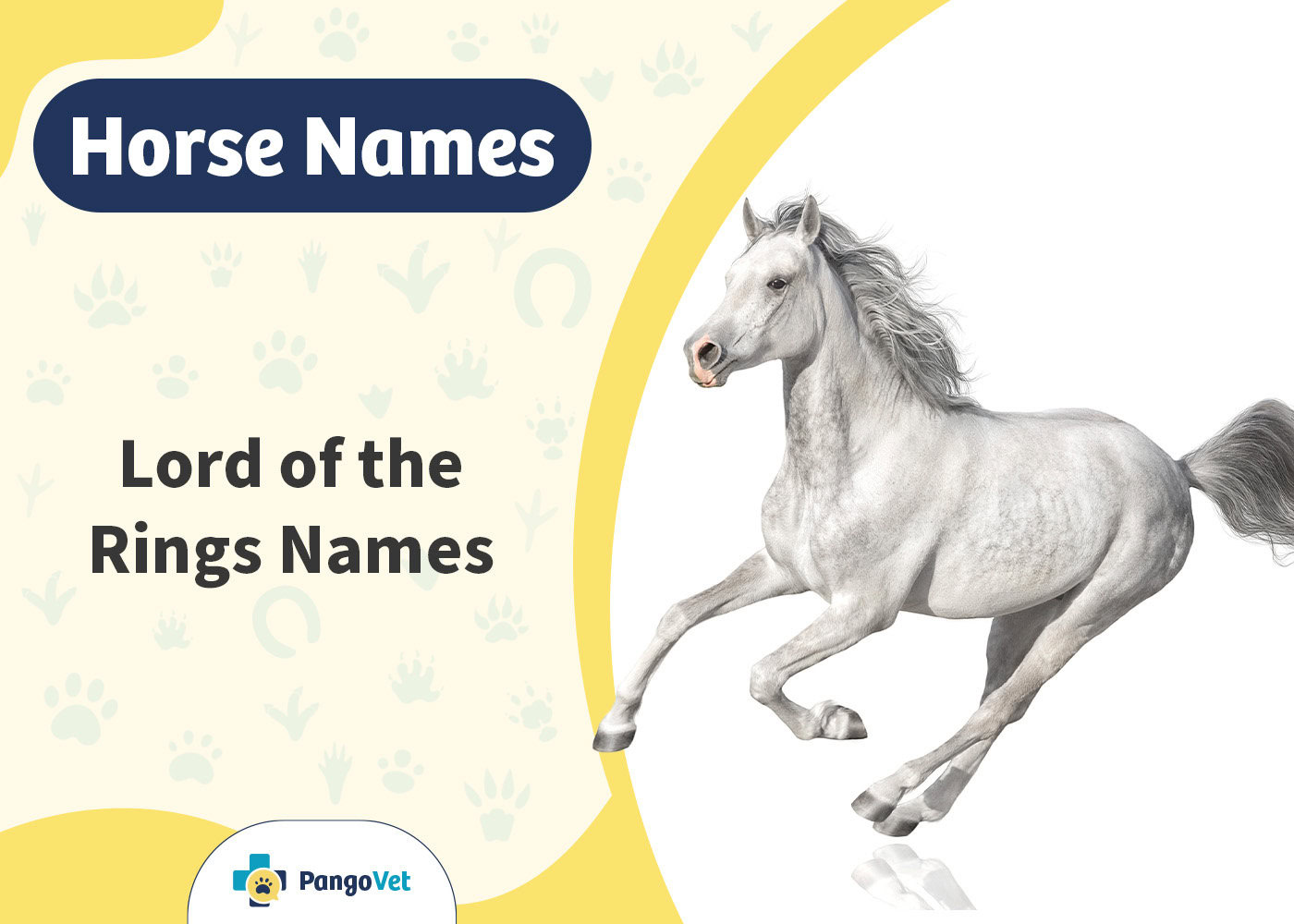VET APPROVED

The information is current and up-to-date in accordance with the latest veterinarian research.
Learn more »Click to Skip Ahead
The navel, also known as the belly button, is the place where the umbilical cord was once attached to your stomach. The umbilical cord is how we mammals receive nutrients from our mother while still in the womb. As mammals, cats also receive nutrients through an umbilical cord in utero, which leaves many wondering if they also have belly buttons. Cats do have belly buttons. But to answer that question fully, we need to look at the exact definition of a “belly button”.
What Is a Belly Button?
The belly button is simply a scar left over from where the umbilical cord was attached to a placenta while developing inside their mother.
All mammals are fed through umbilical cords in utero, so there is a point on the body through which the umbilical cord enters during fetal development. In cats, unlike humans, this spot isn’t marked by a depression or protrusion because cats do not clump it off after cutting the cord.
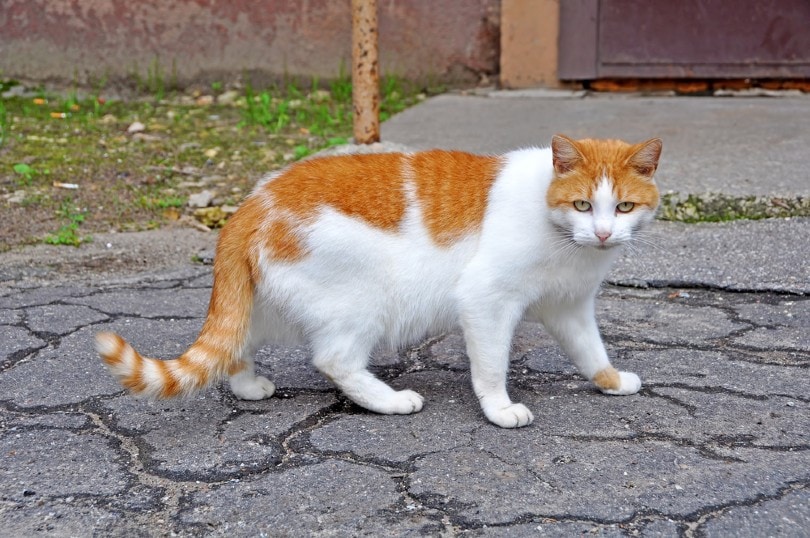
Why the Feline “Belly Button” Differs From Humans’
When a cat is born, the mother bites the umbilical cord off and then waits for the umbilical cord to dry out and fall off the kitten’s body. Ironically, this practice produces a much cleaner “belly button” scar. The belly button scar for a cat is primarily flat and usually covered by fur. Even if you look around at the belly, it may be hard to find the spot under the fur, especially if the cat is fluffy.
After birth, the umbilical cord generally takes only a few days to dry out and fall off. When it does, it leaves a scar on the abdomen that is functionally no different from the classic human navel. Because the spot is so tiny and clean, it’s barely noticeable. Once the cat’s fur grows, it’s even harder to find as the abdomen is covered in fur.
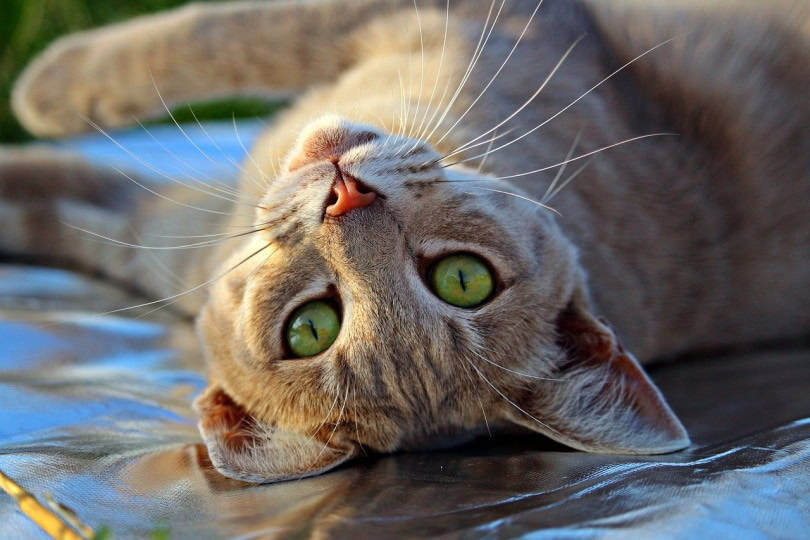
Finding Your Cat’s Belly Button
As mentioned, the scar from the severed umbilical cord is very clean. There’s a good chance that the scar is so well-healed that you won’t even be able to find it! But that doesn’t mean it’s not there.
Your cat’s belly button should be in the center of the abdomen about halfway between the rib cage and the genital area. Finding this tiny scar requires your cat to have an exceptional amount of trust in you since you’ll have to flip them onto their back and rummage around in their belly fur.
Cats can be notoriously protective of the belly area since it houses many sensitive internal organs, and the stomach’s skin is much more sensitive and softer than the areas usually exposed to the elements.
If your cat lets you feel around their belly, you’ll have to move the fur around to get to their skin, where you can feel the scar on their abdomen that represents their “belly button.” The scar will be mostly flat but may be slightly depressed or protruded.
If your cat has long fur or is much older, it will be harder to find the scar. Don’t worry if you can’t find it! Cats’ method to remove the umbilical cord works exceptionally well at producing a small, well-healed scar. The only reason we don’t use this method on humans is the idea of preventing excessive bleeding and infections from entering through the umbilical scar.
Which Animals Have Belly Buttons?
Most mammals have belly buttons because they have placentas with umbilical cords that attach to their babies, no matter how many babies they conceive. That includes animals like dogs, rabbits, gorillas, tigers, whales, and rats, among many others. Since all of these animals use a placenta to nourish their unborn young and that placenta is attached to an umbilical cord, they all have belly buttons.
Birds don’t have a belly button because they’re hatched from eggs. Neither do reptiles, frogs, and fish. Marsupials are born without belly buttons, including kangaroos, and the platypus doesn’t have a belly button either because it lays eggs.
Final Thoughts
Like humans and most other mammals, cats indeed have belly buttons. Cat belly buttons are smaller, don’t create an “innie” or an “outie,” and are almost undetectable under all the fur most cats have, especially long-haired cats.
Small as they are, belly buttons are found on all cats. That’s because, like you, your cat had an umbilical cord attached to its belly when it was born. Its mom then chewed it neatly off, and it healed nicely, leaving behind a tiny scar on their cute cat belly.
- See Also: Are Rabbits Mammals? Facts & FAQ
Featured Image Credit: jdblack, Pixabay
